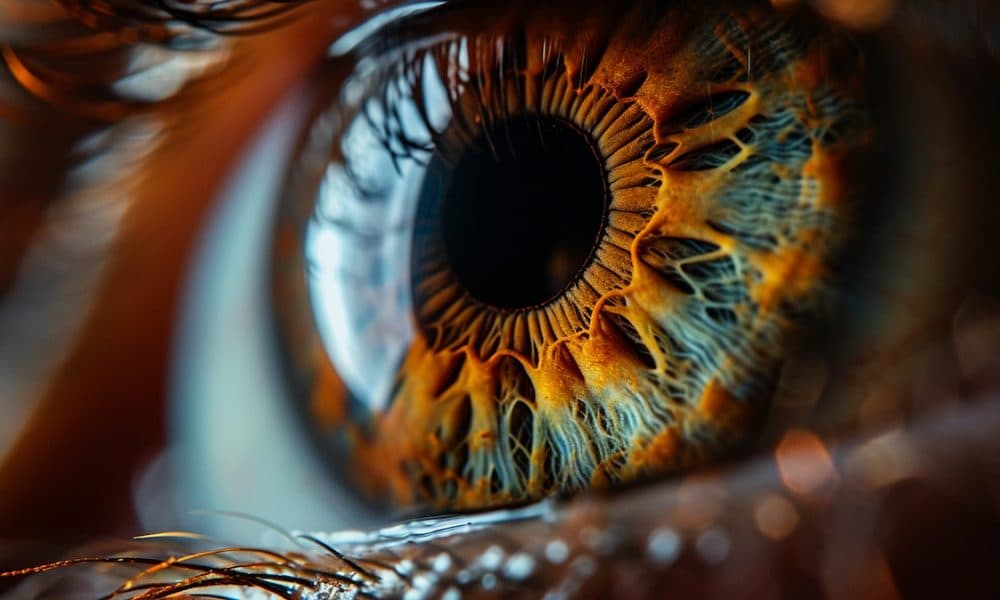
A new study has shown that John Lennon may have been correct when he believed that cannabis helped keep his contact lenses in place.
Lennon – who was commonly seen in his circular spectacles – had astigmatism, which is an imperfection in the curvature of the cornea. As contact lenses at the time were made from a rigid material called polymethylmethacrylate, they often fell out unless modified to fit the shape of the eye.
Lennon believed that when he consumed cannabis, his contact lenses were much better at staying in his eye.
Now, a Queensland University of Technology (QUT) optometry researcher has analysed John Lennon’s use of contact lenses in the 1960s and finding that the Beatles star may have been right about this assumption.
QUT Professor Stephen Vincent, co-director of the QUT Centre for Vision and Eye Research, stated: “…John also noticed his contact lenses stayed in place better when he was ‘stoned’, which was most likely a result of cannabis-induced upper eyelid ptosis (droopy eyelids), which would reduce the likelihood of lens ejection.”
The research analysed historical sources including early photos and video footage, a 1971 spectacles prescription belonging to Lennon, and anecdotes from Lennon, his first wife Cynthia, his fellow Beatle Paul McCartney and his childhood friend and first manager Nigel Walley.
“I was brought up on The Beatles’ 1962-1966 album (the Red Album), so my enduring mental image from childhood is John Lennon without glasses,” Vincent said.
“When I watched Peter Jackson’s Get Back documentary in 2022, the recap of The Beatles’ history very clearly shows John without glasses from 1956 to 1966, then suddenly in glasses constantly from 1967.
“I thought he must have been walking around not seeing very much pre-1967, or he was wearing contact lenses. So, Roz and I started down this rabbit hole of research, and it turns out it was both.”
Professor Vincent said the contact lens problems that plagued Lennon in the 1960s were unlikely to arise 60 years later due to improvements in lens designs and technology to measure the topography of the eye.
“Soft contact lenses were invented in the early 1970s – after John had switched to spectacles – and are now worn successfully by millions of people around the world,” he said.
“Today ‘toric’ lenses are widely available in both rigid and soft contact lenses to correct astigmatism and imperfections in the curvature of the cornea. Bespoke lens designs can now also be manufactured to fit complex ocular shapes. Modern contact lenses are also much healthier than the oxygen impermeable rigid plastic lenses of the 1960s, which often led to corneal complications.”
Professor Vincent said it was estimated that around 5% of the Australian population aged 15 to 64 now wore contact lenses because of a variety of eye conditions, including myopia.
An estimated 1.4 million Australians have astigmatism and around 6.3 million have myopia.



